One thing you will always notice in interior design is the use of fabrics. We designers love fabrics – mixing and matching them, playing with color, texture, pattern and movement. From throw blankets and pillows to bedding, upholstery, drapery treatments and wall hangings, fabric plays an integral role in home décor and design.
When it comes to utilizing fabric, however, designers need to know what types of fabric to use for each application. We must be aware of durability, cleanability and resistance to staining and fading.
For example, outdoor fabric can be used indoors but not many indoor fabrics can be used outdoors; leather and silk must be away from direct sunlight to avoid fading; durable fabrics should be used in heavy-traffic areas; knit, lace or loosely woven fabrics have no place around dogs, cats or children.
A major component of a designer’s job is to create a functional, usable space, not just a beautiful one. So, we need to keep all of these things in mind.
Below is a list of some common and uncommon fabric types and designers’ recommended applications for each.
A is for Angora. Refers to the actual hair of an Angora rabbit. Very similar to mohair (comes from the Angora goat) and cashmere (comes from the cashmere goat). Angora is known for its silky texture and is much warmer and lighter than wool due to the hollow core of the angora fiber. Uses include knitting yarn and felting, throw blankets and pillows.
B is for Barkcloth. A textured, woven and usually printed cotton fabric popular in the 1930’s, 40’s and 50’s as an interiors fabric. Prints were often large vines, leaves and florals. Historically, the fabric has been used in home furnishings such as curtains, drapery, upholstery and slipcovers.
C is for Chintz. A plain weave, glazed to produce a polished look. The style hails from India and was brought to the West by the British raj. The fabric must be dry cleaned as the glazing will wash off with machine laundering. Suitable for drapes, lining, upholstery and slipcovers.
D is for Dimity. A light weight and sheer cotton fabric that features a raised texture. Usually seen in light colors (most commonly white), dimity occasionally has prints as well. It is commonly employed for bedding and curtains.
E is for Eyelet. A fabric with patterned cut-outs, around which stitching or embroidery may be applied in order to prevent raveling. It is a pretty, versatile and yet durable lace with a long history. Its toughness makes it popular in both home décor and clothing, from curtains to wedding gowns. Eyelet fabrics are sold in a wide range of colors, textures and materials due to their long-term popularity.
F is for Flax. The plant from which cellulosic linen fiber is obtained. Linen is used in accessories, draperies, upholstery, tablecloths and towels. Possibly the ultimate neutral, linen is a natural fabric choice for rooms both elegant and casual. But, it wrinkles if you even look at it funny. Linen is super as a table covering or as a window treatment.
G is for Gingham. A medium-weight, plain weave fabric with a plaid or check pattern. End-uses include curtains, bedspreads and pillows.
H is for Houndstooth. Also known as Hounds Tooth Check, Dogstooth or pied-de-poule, houndstooth is a duotone textile pattern characterized by broken checks or abstract four-pointed shapes, often in black and white although other colors are used. The classic pattern is an example of tessellation. As a décor pattern, houndstooth comes back every few years or so, but never really goes out of style either. As a fabric pattern, it can be used wherever fabrics are appropriate. I recommend using houndstooth as an accent rather than a main pattern, but a bold statement with a big houndstooth piece can give instant stature to an otherwise prosaic décor.
I is for Ikat. With a name derived from the Malaysian word mengikat, which means to tie, knot, bind or wind around, ikats receive its unique watery look through a three-step process. First, threads are tie- dyed then woven into long, narrow strips. Those are then carefully patched together to create width. Ikat is easy to spot thanks to its elaborate weaving process that results in a distinctive blurred appearance and comes in patterns that range from basic (circles) to elaborate (intricate paisleys). A favorite of interior designers, these vibrant fabrics add exotic flair to any room, whether on a simple throw pillow or as a dramatic wall covering.
J is for Jute. A blast fiber, chiefly from India, used primarily for gunny sacks, bags, cordage and binding threads in carpets and rugs. Jute fibers are known as strong, coarse, environmentally friendly and organic. While jute still lags behind silk, wool and cotton, it is a favorite fabric for furnishings as well.
K is for Kapok. A short, lightweight, cotton-like, vegetable fiber found in the seed pods of the Bombocaceae tree. Because of its brittle quality, it is generally not spun. However, its buoyancy and moisture resistance make it idea for use in cushions and mattresses.
L is for Lurex. A type of yarn with a metallic appearance. The yarn is made from a synthetic film, onto which a metallic aluminum, silver or gold layer has been vaporized.
M is for Monk’s Cloth. A heavy weight cotton fabric utilizing the basket weave variation of the plain weave. Used for draperies and slip covers, monk’s cloth is an example of 4 x 4 basket weave. It has a poor dimensional stability and tends to snag.
N is for Nylon. Produced in 1938, it is the first completely synthetic fiber developed. Originally, it was to assist in the World War II effort to replace the silk that America had previously been receiving from Japan but was now scarce and hard to find. Known for its high strength and excellent resilience, nylon has superior abrasion resistance and high flexibility, which is why it became popular for things like parachutes and other things needed for the war. Its popularity blew-up in the market of ladies stockings because it was much less expensive than silk and didn’t tear as easily. Scientists kept improving it in the lab, blending it with other fibers. This led to many more uses for it such as fabric and carpet. In fact, nylon makes up 65% of the carpet sold in the US alone (in part because of its resistance to stains and wear). Nylon says “no” to stains and static electricity and wears well but is not particularly comfortable to sit on as it warms up from body heat quickly.
O is for Olefin. A test tube baby with high durability but it’s not so high on style. A synthetic fiber made from polyolefin, this fabric is usually strong and colorlast, with a resistance to staining, mildew, abrasion and sunlight. It is used in wallpaper and carpeting.
P is for Plisse. A lightweight, plain weave fabric made from cotton, rayon or acetate and characterized by a puckered striped effect, usually in the warp direction. The crinkled effect is created through the application of a caustic soda solution, which shrinks the fabric where it is applied. Plisse is similar in appearance to seersucker (or corrugated cardboard). Best for use in making bedspreads or duvet covers.
Q is for Quatrefoil. A fabric construction in which a layer of down or fiberfill is placed between two layers of fabric, and then held in place by stitching or sealing in a regular, consistent, all-over pattern on the goods.
R is for Rip-Stop Nylon. A light-weight, wind-resistant and water-resistance fabric. Appropriate for outdoor use.
S is for Sisal. A strong, bast fiber that originate from the leaves of the Agave plant, which is found in the West Indies, Central America and Africa. Sisal rugs are extremely popular and are used to cover floors in living rooms, bedrooms, stairways, hallways and libraries. Sisal is not recommended for under dining room tables or for a house full of children however, because it stains easily. Once used mainly in beach houses and country homes, sisal rugs have come to the city. And they have become one of the trendiest backgrounds for any kind of furniture from French Provincial to Memphis Modern.
T is for Tapestry. A heavy, often hand-woven, ribbed fabric featuring an elaborate design depicting a historical or current pictoral display. The weft-faced fabric design is made by using colored filing yarns, only in areas where needed, that are worked back and forth over spun warp yarns, which are visible on the back. Tapestries were originally developed in the Middle Ages as a form of insulation, used to block the wind coming in through the chinks in a basic castle’s mortar. Later, they developed into a brocade type of weave with ornamentation. End uses include wall hangings and upholstery.
U is for Ultrasuede. The trade name for a synthetic microfiber fabric invented in 1970 by Dr. Miyoshi Okamoto. Ultrasuede is an imitation suede fabric composed of polyester microfibers combined with polyurethane foam in a non-woven structure. Hand and appearance resemble sheep suede. The fabric is multifunctional and resists stains much better than the highly absorbent suede.
V is for Velboa. A low-pile, faux fur fabric that is tough-wearing and available in many solid colors and patterns. Velboa is considered a safe fabric choice for infants and can be used in nurseries for blankets and baby clothes.
W is for Wool. “The battleship of the naturals,” wool is a fabric that provides long wear. It can be scratchy and warm and some may even be allergic to it. Wool is a naturally stain and wrinkle resistant fabric and can absorb up to 40% of its weight in moisture without feeling damp. Wool comes in many forms including crepe, challis, gabardine, merino, melton, jersey and worsted wool. It makes fabulous hard-wearing wall-to-wall carpeting. In its natural state (wool sheepskin), brushed and airy with long fibers, makes a wonderful small floor covering at the side of a bed or near a cozy fireplace. Wool upholstery will last until the next Ice Age. For some, however, it gets a little too warm.
X is for Xanthic. Yellow or yellowish. This is the closest “x” word I could find…if you have one, let me know and I’ll add it!
Y is for Youghal Lace (or Point d’Irlande). A needlepoint lace inspired by Italian needle lace, developed in Youghal, County Cork, Ireland. Youghal Needle-lace grew out of the need for employment during the potato famine of 1846. It was made from 1845-1920 with very fine thread, finer than hair. Needle lace is always made the same way however each style of lace, from a particular areas or era has its own distinctive patterning, stitch arrangement or finishing. Beautiful pieces can be framed and hung on the wall or displayed on table tops.
Z is for Zibeline. A thick, soft fabric with a long nap. It is usually made of wool, such as mohair or alpaca, but can also be made from the hair of other animals such as camels. Zibeline can also refer to either the sable (Martes zibellina) or its pelt, which zibeline was originally made from. Zibeline can also refer to a heavy silk fabric with a twill weave, very similar to Mikado. Try this on throw pillows or a blanket.
Sources:
Fabric.com
Wikipedia
EHow.com
Houzz.com
BuildDirect.com
Elle Décor
Ezinearticles.com
Freshhome.com
Chicklyinspiredblogspot.com
Articles.ChicagoTribune.com
HGTV.com
DesignAndMake.net
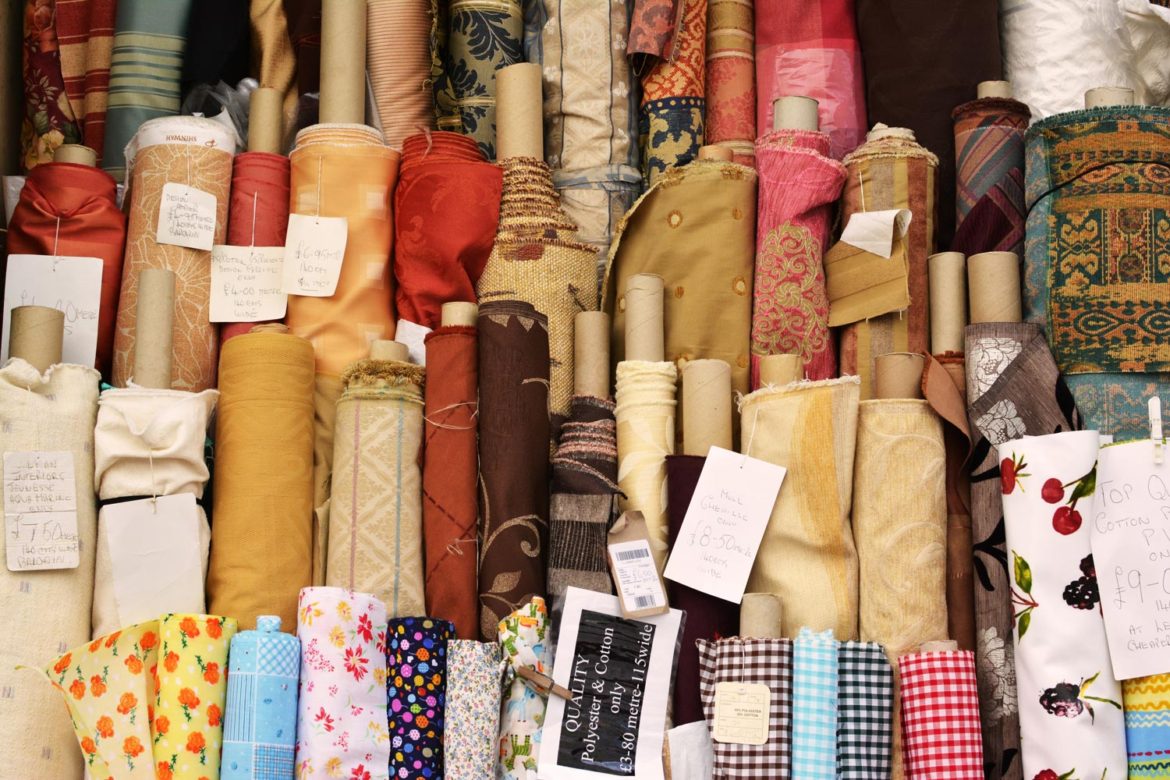
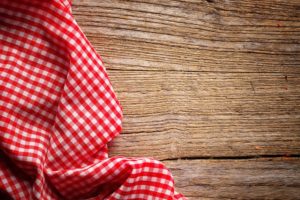
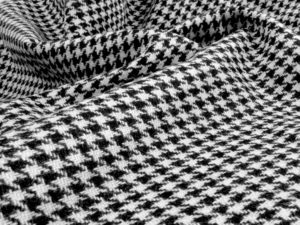
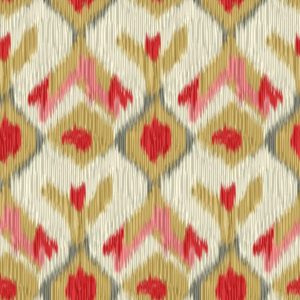
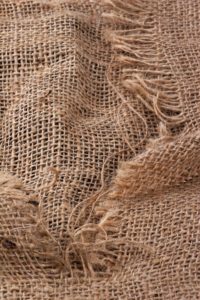
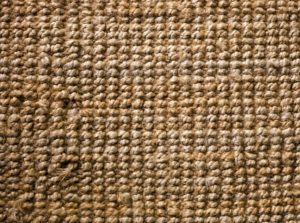
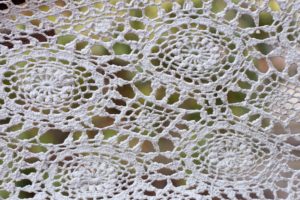
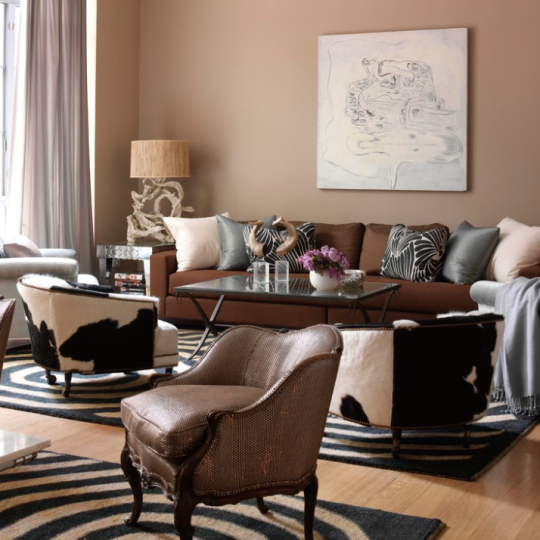
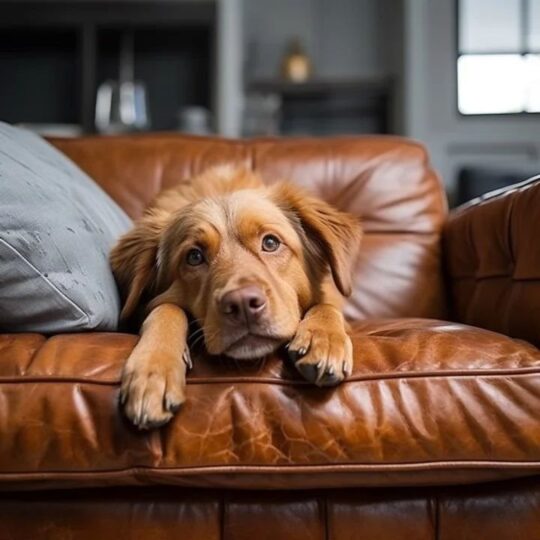
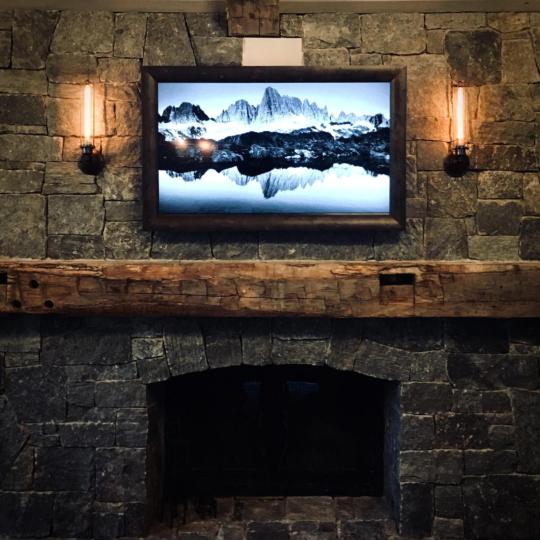





Sorry, the comment form is closed at this time.